Canon XSi: 12.2 Megapixels, Image Stabilized Lens, and Double Live View
by Wesley Fink on May 5, 2008 3:00 AM EST- Posted in
- Digital Camera
Canon XSi vs. Nikon D60
Looking at street prices the Nikon D80 is the current Nikon price competitor to the XSi. However, the D80 replacement to be introduced later this year will likely be priced a bit higher than the XSi. The Nikon D60 is therefore the closest competitor from Nikon to the Canon XSi.
The Nikon D60 was also introduced at the same time, and is sold with an IS lens like the XSi. Both the XSi and D60 both now use SD and SDHC memory cards for storing images. Pricing of the D60 is $100 to $200 dollars less than the XSi as either body or as a kit, but feature-wise the XSi is a lot more camera than the D60. Since the Canon XTi remains in the Canon line it is another competitor to the D60, but the XTi currently sells for about $100 to $200 less than the D60 (but with a regular 18-55mm and not the IS version).
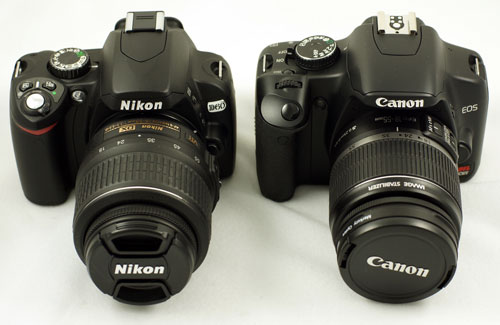
Both the D60 and the XSi are small DSLR cameras, but with the small size boost in the XSi the D60 is now quite a bit smaller than the XSi. This will matter to some and not to others, but if the XSi is too small for larger hands the addition of the BG-E4 battery grip does wonders to improve handling. Unfortunately this is not an option with the D60, as it is now just about the only entry DSLR without a battery grip option.
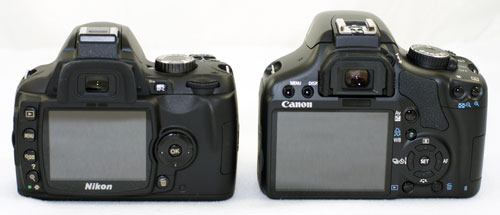
Looking at the rear comparison the 2.5" LCD of the new D60 looks tiny compared to the XSi LCD. The Sony and Pentax entry models fall between these two at 2.7" and the Olympus E-510/E-420 are the same size as the Nikon.
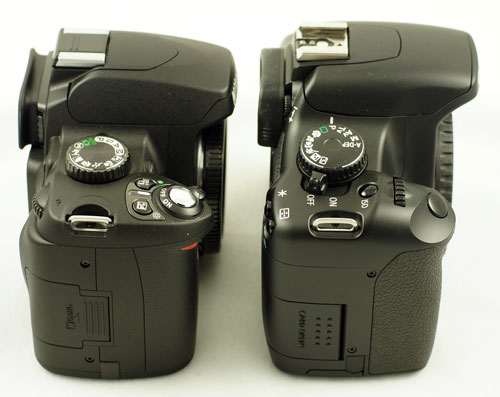
The smaller size of the D60 is even more apparent from the side view. The D60 is definitely a simpler camera than the XSi, which for some will mean it is easier to use. However, the feature set for the XSi is more like a prosumer model than entry and the D80 is a more comparable camera in features. The D80 replacement will likely be a better camera to compare to the XSi as already mentioned.
Through ISO 400 both the D60 and the XSi both exhibited very low image noise. It was a bit surprising, however, to see the Nikon D60 start to show more noise than the XSi at ISO 800. By 1600 the D60 is much noisier than the XSi in our crop comparisons. The Nikon D60 goes on to ISO 3200, but ISO 3200 is probably limited to small snapshot prints as noise is just too great at that ISO speed.
Remember the XSi is 12.2MP and the D60 is 10MP. We should be seeing more high ISO noise with the larger sensor, but in fact the 10MP D60 is showing higher noise than the Canon sensor. In comparing crops under these shooting conditions the XSi is clearly the more capable camera at higher ISO settings.
The last chart compared three Canon cameras all set to Tungsten under low-light tungsten shooting conditions. The red color shift was not very obvious in that comparison. Here you can see the Nikon Tungsten setting generates much more accurate colors and the Canon Tungsten setting is frankly out of the ballpark. This is not a comparison of auto white balance, but of cameras manually set to Tungsten. Clearly if you plan to shoot Tungsten with a Canon camera you need to use custom white balance as the current Tungsten setting is way off the mark on all three Canon cameras - including the prosumer 40D.


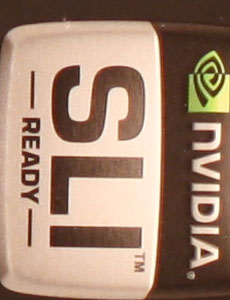
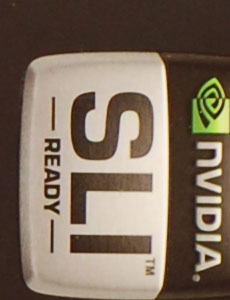

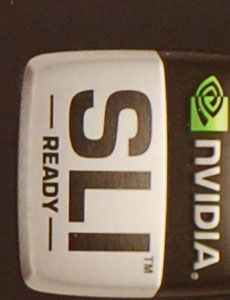
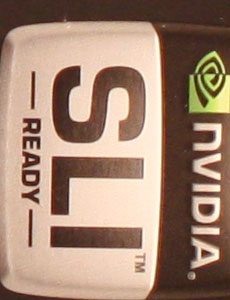
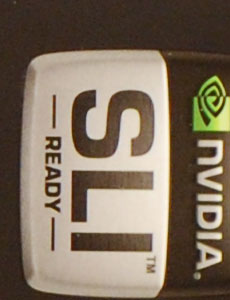
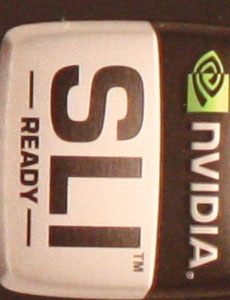
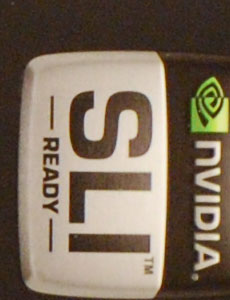
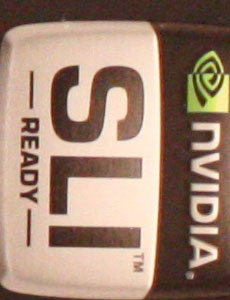
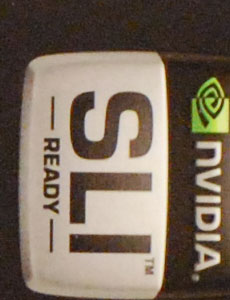
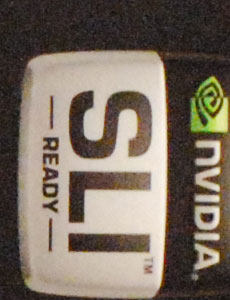








56 Comments
View All Comments
punchkin - Thursday, May 8, 2008 - link
So the upshot of it is that it is not PRESUMABLY rated at 50,000. You don't know, and pulled a number out of your butt.mikett - Wednesday, May 7, 2008 - link
Can anyone indicate the relative lifespan rating on the XSi vs the 40D?I once recalled that the 40D class ( 20D, 30D ) had a significantly higher rating than the Rebel class and their construction was sturdier but maybe that has changed.
mmusterd - Tuesday, May 6, 2008 - link
In fact in many ways the XSi is a much more exciting new camera than the 40D was when it was introduced just 6 months ago.Well, yes. It means the 40D is dropping in price, and op top of that, here in Europe, Canon is giving a substantial cashback om the 40D (of 150 euros). This means that the price difference between the 40D and 450D has practically vanished (at a randomly picked shop the 40D body now comes at 750 euros, whereas the same shop charges 660 euros for a 450d body).
This means that at about the same price (or at least a small premium) you can get the 40D instead of the 450D. Now tell me the reasons why I should buy the 450D instead.
For myself, I couldn't think of any, so I bought the 40D. For the article, in light of the very small current price difference, perhaps more thought could be given to the comparison between the two canons.
Wesley Fink - Tuesday, May 6, 2008 - link
You make a very good point. At the same price I would also select the 40D, but that is likely an anomaly due to the fact that the XSi was just introduced and its price is staying stubbornly at a higher price, while the 40D is now more than 6 months old. That pricing is certainly because resellers are having no problem selling the XSi at the higher price.We fully expect prices to settle down to a 20% to 40% price premium for the 40D. At that price difference it is easier to justify the XSi instead.
I do believe the size and weight of the XSi will appeal more to some users. Even with the grip the XSi is smaller and much easier to carry around all day than a 40D. Ergonomics are also the best so far from an entry Canon.
n4bby - Wednesday, May 7, 2008 - link
even with the improved ergonomics of the rebel, there is a huge advantage of the 40D: the scroll wheel control on the back. Canon uses this control on all their pro models as well and i cannot overstate what a huge usability difference this makes when you're shooting... i have the old 10D, and when i tried using a friend's rebel i was constantly frustrated by the tiny little cursor button controls on the back... when you're trying to quickly adjust your exposure on the fly it's hopelessly clumsy compared to the wheel. i seriously would pay $$ for that advantage alone.PokerGuy - Tuesday, May 6, 2008 - link
Wes, good work on this article. Most AT readers including myself are technically oriented and interested in all sorts of technology. We use cameras like the ones you review but we are not photography pros. Your kind of review is exactly what I like to see, not the ones done at the photo-pro kind of sites, those have a different target audience.Keep up the good work.
punchkin - Tuesday, May 6, 2008 - link
... and I don't mean it's aimed at third graders, either.kiii - Monday, May 5, 2008 - link
Thanks for another camera article Wesley, they are getting better and better.One thing that you have already touched on, but might want to investigate further are the noise reduction algorithms that different manufacturers use. For out of camera jpegs, Nikon tends to eliminate chrominance noise, while Canon leaves small amounts of chrominance noise. The result are small colored specs on high ISO Canon jpegs, while Nikon jpegs look more like "film grain". On the other hand, Sony seems to implement very aggressive (for DSLRs anyway) noise reduction in the a350, leading to the jagged edges you mentioned. Since this is AnandTech, there are definitely power users here and these users may want to shoot in raw. Perhaps for future DSLR reviews, you can do a raw comparison, using the same raw converter for all cameras. This way, you can bypass the camera's noise reduction and see the sensor's true performance. I know that the majority of first time DSLR users will not shoot in raw, but then again, not everyone overclocks their system either.
Either way, I did get a chance to play with the XSi myself, and it is quite the camera. I look forward to your XSi comparisons with the K20D and D300.
cray85 - Monday, May 5, 2008 - link
Your article mentions that the Sony A350 is better then the XSi at higher ISOs. However, your sample image is "too simple". A more challenging image (especially one with more in-focus low-contrast details) would clearly show the excessiveness of the noise-reduction routines employed by the A350. You'd then be able to see some significant smudging of the aforementioned low-contrast details and also some more of the jagged artifacts you mentioned.By contrast, the Canon and Nikon cameras employ a much more conservative approach. Noise is less of a problem at smaller print sizes but the detail loss due to heavy-handed noise reduction is an issue at all print sizes.
Also, while it's not a bad idea to compare the white balance accuracy of different cameras, sensitivity tests should always be performed with manually set white balance so that noise comparisons are consistent.
Finally, it's a good thing you've begun to stop your test lenses down to F4. However, an even better idea would be to use F8 to further increase the lens resolution and also to bring more details into focus.
I do understand the need for you to keep things simple for readers. However, this does not imply that cutting corners on crucial tests is acceptable. A beginner might decide to buy a Sony for reasons other then JPEG image quality. However, your testing should make clear the trade-offs he will have to make.
Wesley Fink - Monday, May 5, 2008 - link
I did NOT say the A350 was better at high ISO than the XSi. I said the A350 held up better than expected in comparison to the XSi. The A350 noise reduction was set to low in our image tests, and while the A350 is not superior, neither is it trounced by the Canon XSi or Nikon D60.At F8 and low ISO in our low-light tungsten setting the shutter speeds would be so low that we would create a new noise issue with long exposures. If we increased light to make F8 work better for the test range we would no longer be testing a typical interior lighting situation with high potential noise. We are not trying to determine noise in a studio lighting environment which would be a next to useless test for a typical XSi user.
F4 is a reasonable compromise that gets the f1.4 lenses in their best performance range without creating a new set of concerns that would skew the tests. Aperture is at F4 in all test shots.
I don't know too many amateurs who set manual white balance before shooting indoor available light. Most just leave it on Auto WB, but we know most of the DSLRs do a pretty poor job on Auto WB in Tungsten lighting. Our concession to that reality is to set the WB to Tungsten.
The user might know enough to set the WB to Tungsten for inside lamps and frankly the Canon is pretty awful in color balance even when we went to the trouble to set Tungsten WB. Nikon and Sony get it right under these conditions so we have to ask why Canon Tungsten WB is so biased to warm red. I think the poor Canon color in indoor Tungsten lighting is important info to provide to readers.